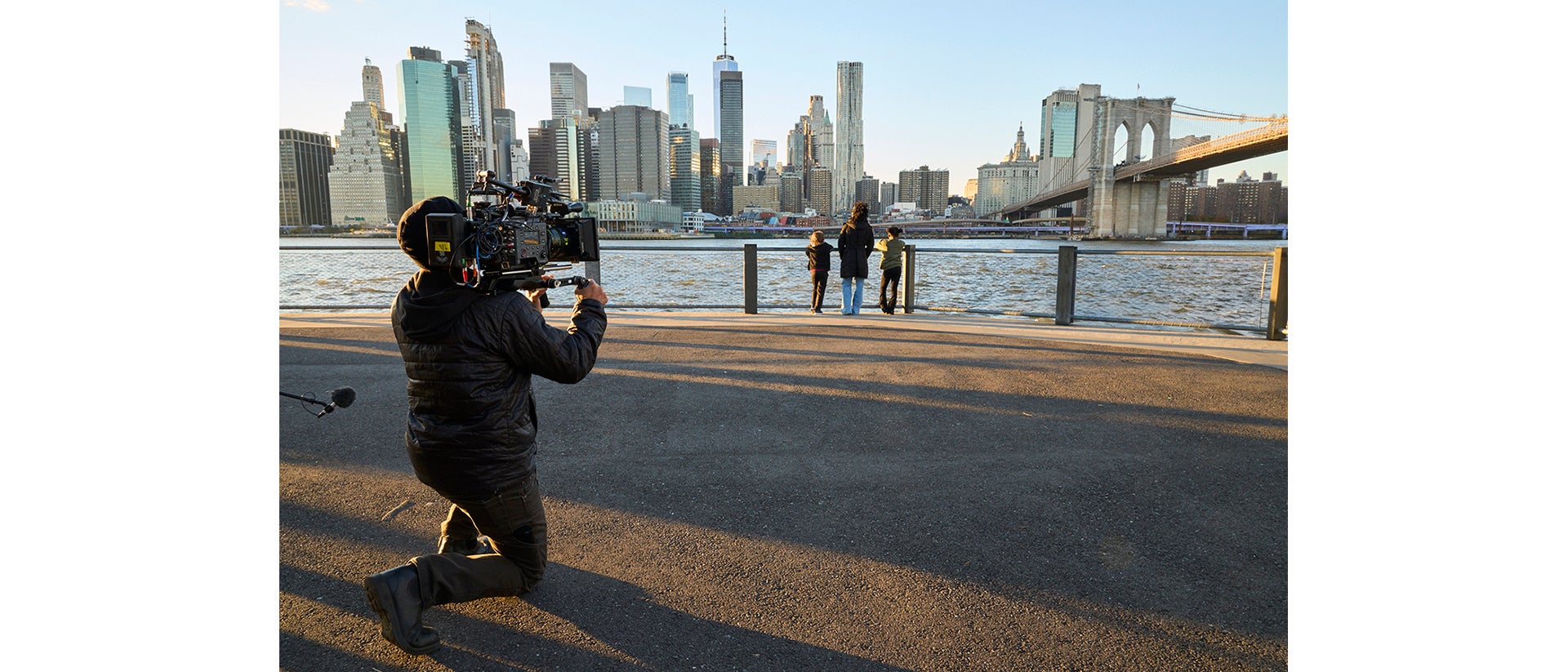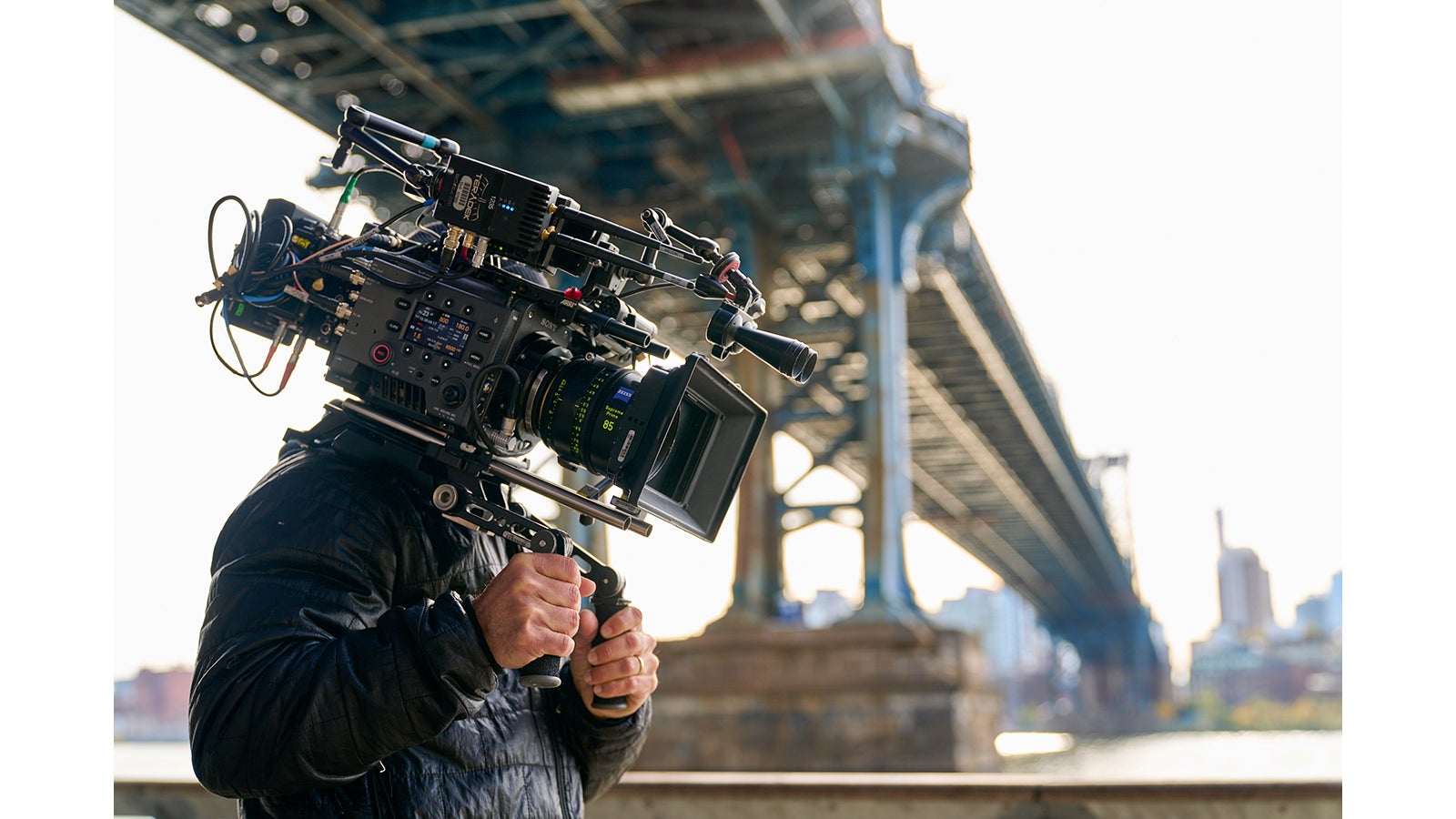
11-28-2022 - Gear, Technology
Optimizing VENICE 2 Workflow
By: Simon Marsh, VENICE Product Manager
With the introduction of higher resolution Full Frame and S35 digital cinema cameras there has been an associated increase in file sizes. It’s now common to see 1TB and larger media cards being used for image capture. At the same time, we’ve witnessed an increase in data backup times for productions that are not implementing an efficient offload setup.
Optimizing your data workflow will produce major benefits when working with all of these cameras.
For use with VENICE and VENICE 2 cameras, we recommend the following to maximize transfer speeds.
- AXS Card reader should be AXS-AR1 (ThunderBolt 2) or AXS-AR3 (Thunderbolt 3)
- These readers are capable of transferring data at up to 1GB/s (1000MB/s)
- These readers are capable of transferring data at up to 1GB/s (1000MB/s)
- Destination drive should be SSD (NVMe) and not standard HDD shuttle drive
- Capable of sustaining write speeds of 1GB/s (1000MB/s)
- RAID HDD can be used but must satisfy the sustained write speed suggested above
If the destination drive cannot sustain the required write speed, then you will experience increased offload time. The weakest link in the data transfer chain being the hard drive.
To test the recommended transfer settings, we implemented a real-world test using an industry standard data offload program. The test produced the following great results:
AXS-1TS66 media card recorded to full capacity (containing 20 clips) was backed up to external storage in only 15 minutes. This included creation of MHL checksum.

REAL WORLD PRODUCTION FEEDBACK
We also checked in with productions around the world to get feedback on best practices when using the Sony VENICE 2.
Post-Production Supervisor Daniel Rodriguez on how he reduced the offloading time of 8K footage by nearly 3 hours each day.
As McLachlan and Nagasawa had worked with the VENICE 2 ahead of its launch, they were familiar with the workflow. For Daniel Rodriguez, the show's Post-Production Producer, the first challenge was working with a camera that was not released to the market yet. But, Rodriguez managed to streamline the show's post-production process with the following: ensuring that the post facility, Picture Shop Burbank, had run multiple tests on transcoding and rendering, using the latest versions of the Sony Venice 2 SDK (software developer kit) and DaVinci Resolve, and doing a full workflow delivery process (offloading media, transcoding, online, color and delivery).
ThunderBlade solid state drives (NVMe SSD) were a necessity for shooting 8K and dealing with a new camera. Rodriguez explains, "When we first started the show, they wanted to use G-RAID standard Raid HDD drives, but I knew it wouldn't work. Those drives don't spin fast enough and would mean that offloading footage would take a lot of time. At the time, production insisted, but after the first day of shooting, we updated our camera shuttle drives to solid state drives.”
“Technology is always changing and there are always new software and hardware advances to incorporate into workflows. I knew solid state drives were the best shuttle drives for any camera, including the Sony Venice 2. Switching to the solid state drives made all the difference. We went from three to four hours per camera of footage offloading to 30 to 45 minutes per camera."
DIT and DP Tim Nagasawa (American Gigolo, Ray Donovan):
The only thing that I stress to my peers is that just because the file sizes are larger and more sophisticated doesn’t mean you can’t, or shouldn’t, follow traditional on-set media management practices. Just update your gear, people. Don’t forget I managed all of that media, for multiple VENICE 2 launch films with Rob McLachlan, ASC and Gonzalo Amat, ASC, and did most of the proxy files off a laptop while bouncing around in the back of a sprinter van.
DIT Rohan Chitrakar (Top Gun: Maverick)
Yes, we did use SSD drives as our shuttles to the lab. Don’t be scared - the workflow is not too bad - just need to ask production for faster drives. We use X-OCN ST most of the time in 8K and it’s manageable with fast SSD and or high-speed RAID HDD. The download time varies and depends on the drives and the computer setup but it’s totally manageable if you plan accordingly.
For NYAD, my computer had a 80TB internal SSD Raid as a scratch disk, a 1x 144TB G-RAID Shuttle 8 for an onset archive, and 5x 8 TB SSD shuttle drives for post to submit each night. Our loader usually had 1-1.5 hours of OT each night, which was the same on Top Gun: Maverick. We’ve never done ProRes as we haven’t ever needed it.




